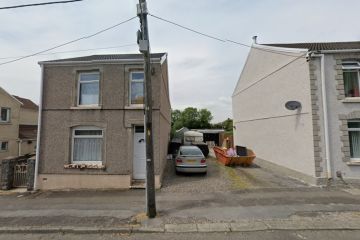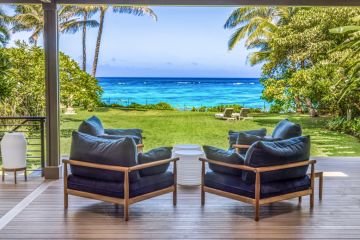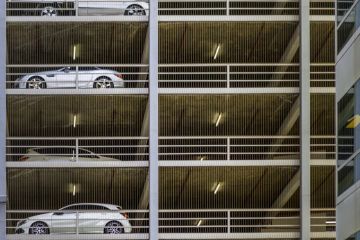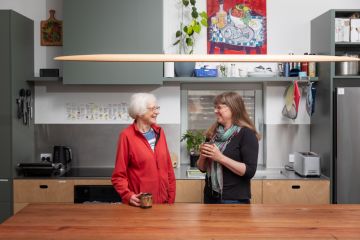The locations where buying a property is now ‘impossibly unaffordable’
Four Australian cities have been labelled “impossibly unaffordable” to buy a home in a new study, as separate research shows more than 30 per cent of dwellings now cost $1 million or more.
The latest edition of the Demographia International Housing Affordability report compared the median house price to the median household income – a measure it called the median multiple – in 95 housing markets across eight countries.

It ranked Hong Kong as the most unaffordable housing market analysed, followed by Sydney in second place. Adelaide ranked sixth and Melbourne ranked ninth among the “top 10 least affordable” markets.
The study by Chapman University in California rated markets on a scale ranging from “affordable” (3.0 or less) to “impossibly unaffordable” (9.0 or more). Across the 10 least affordable markets all were rated “impossibly unaffordable” by the report.
Brisbane was also ranked “impossibly unaffordable,” with a median multiple of 9.3, while Perth got a rating of 8.3.
“Sydney has had the first-, second- or third-least affordable housing of any major market in 16 of the last 17 years,” said the report, calling it “remarkable” that Australian markets including Melbourne and Brisbane were “less affordable than widely recognised world cities like New York, London, or Chicago.”
For the first time in its history, the Demographia report found none of the major housing markets it surveyed were “affordable” (3.0 or below). According to the study, the primary causes of housing affordability were “urban containment” measures such as growth boundaries, as well as restrictive land use policies.
It came as Cotality (formerly CoreLogic) released research that found more than a third of homes nationally were now valued at $1 million or higher. The portion of dwellings valued at $1 million or more rose from 9.7 per cent in April 2015, to 34.4 per cent as of April 2025, a series high.
The biggest increase in $1 million-plus properties was in Brisbane; over a decade, the portion of homes in this bracket grew from 2.8 per cent to 40.2 per cent. Sydney had 64.4 per cent of homes worth more than $1 million and Melbourne had 30.9 per cent. This edged down from a high of 33.1 per cent in January 2022, in a more subdued market.
Two months ago a three-bedroom house with a hole in the ceiling marketed as “renovate or detonate” in Sydney’s Blacktown sold for $972,000.
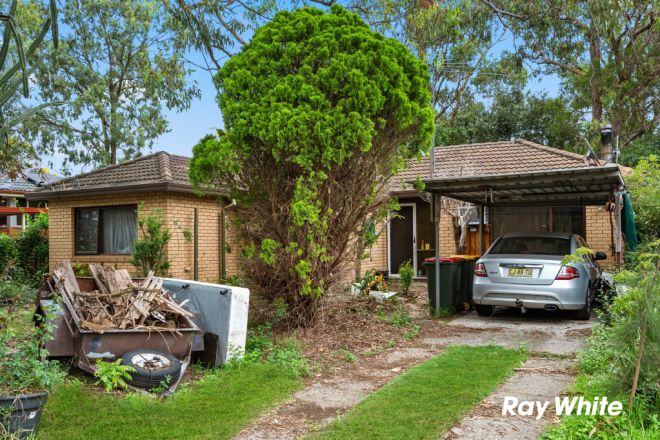
A fixer-upper in Melbourne’s Preston fetched $1,005,000 the same month.
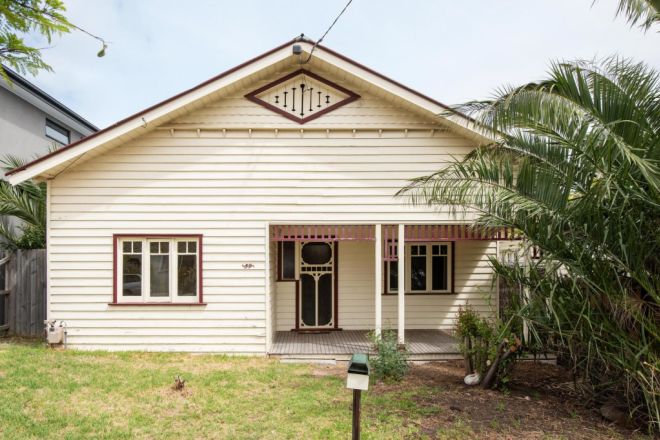
AMP chief economist Dr Shane Oliver said over the years the Demographia report had shown Australian housing to be “very expensive compared to other global markets.”
“There’s no surprises here that Sydney remains highly expensive. Melbourne is still in there,” he said, noting the Demographia report examines the price of housing relative to people’s incomes.
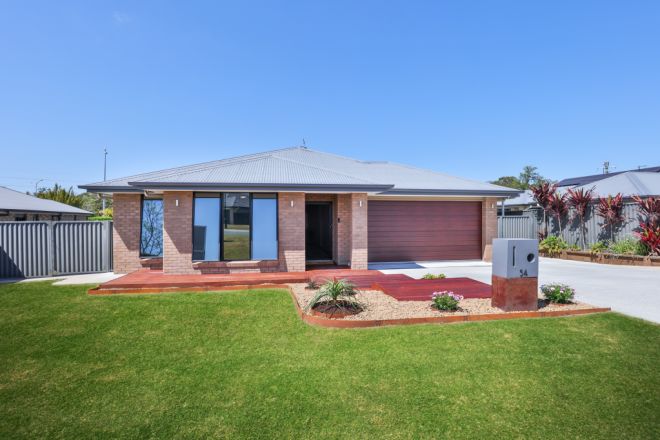
“Adelaide has lower average incomes than say, Melbourne, but it [has] now got average prices which are pushing around or above Melbourne levels.”
Oliver said the study didn’t include regional areas like Newcastle, Ballarat or Geelong, for example.
“It’d be nice to see some more regional centres in there to see how they compare, although I think they would also show us to be relatively expensive,” he said.
The Demographia report, now in its 21st year, rated housing affordability for the third quarter of 2024 across Australia, Canada, China (Hong Kong), Ireland, New Zealand, Singapore, the United Kingdom and the United States.
Cotality head of residential research Australia Eliza Owen said the figures given in the report may be outdated, but endorsed Chapman University’s findings.
“The income figure they’ve used is a little bit lagged,” she said. “But all of this sort of research points to the same thing, which is how unaffordable the Australian housing market is, Sydney in particular … It’s pretty grim. ”
Owen said rapid price growth and comparably sluggish wages were a core issue in the affordability crisis, particularly since COVID-era price booms made smaller cities and regional markets more expensive.
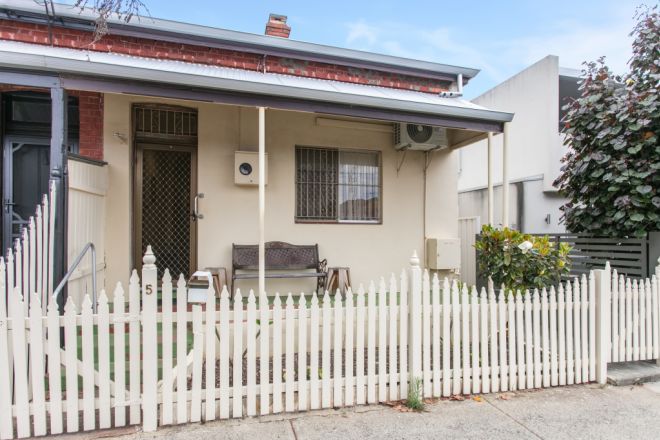
“The Sydney housing market is no longer one for savers but one for those with endowments because of the deposit hurdle and because housing growth has outpaced incomes so strikingly,” she said.
Owen highlighted the rise in million-dollar homes over time.
“It matters because it’s not just a shocking number that would buy you so much in any other facet of life,” Owen said. “[But] even if you had $1 million, the quality and location of the properties you can access are deteriorating.”
Owen said the deteriorating affordability would worsen inequality.
“If you can afford these properties, you’ve got a very high income, you’ve sold another property well, or you have wealth from your family [or other sources]. You need to have that big pool of wealth to participate in the market and it’s locking out those that don’t.”
We recommend
We thought you might like
States
Capital Cities
Capital Cities - Rentals
Popular Areas
Allhomes
More



